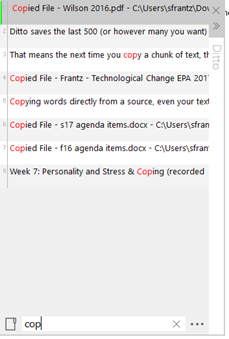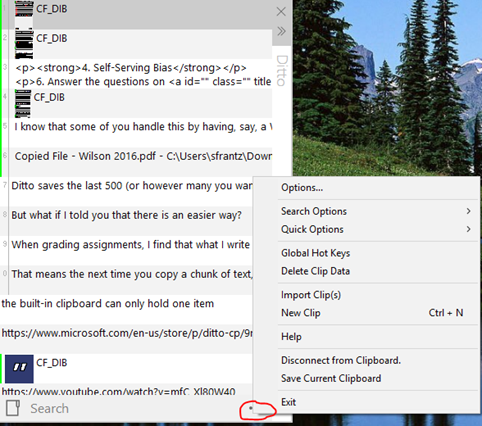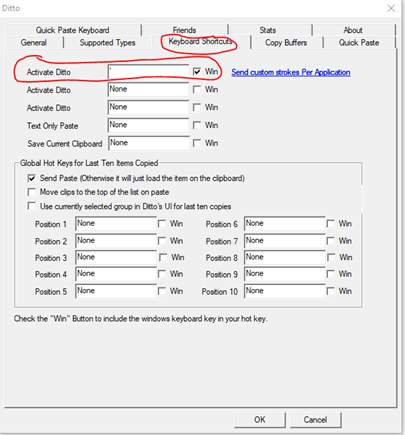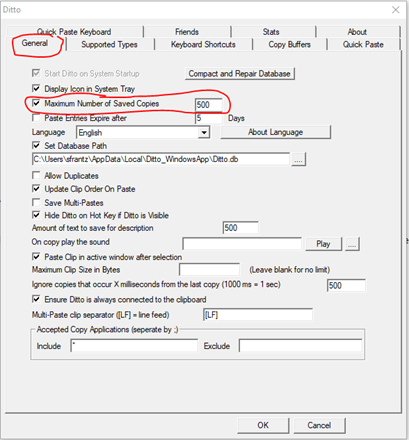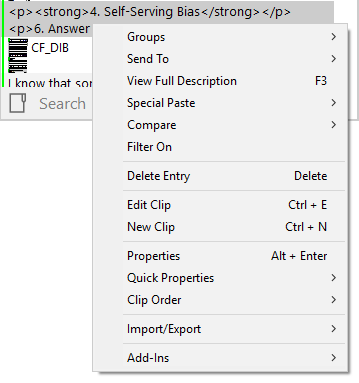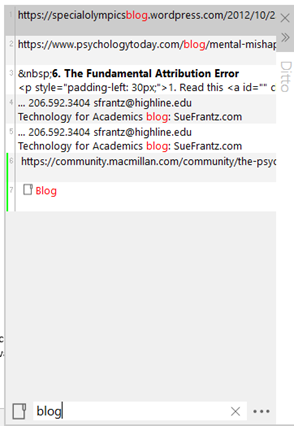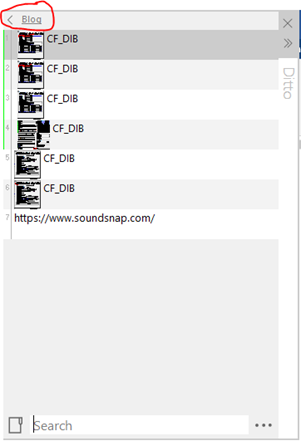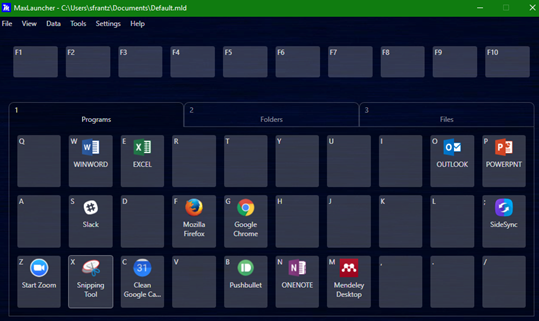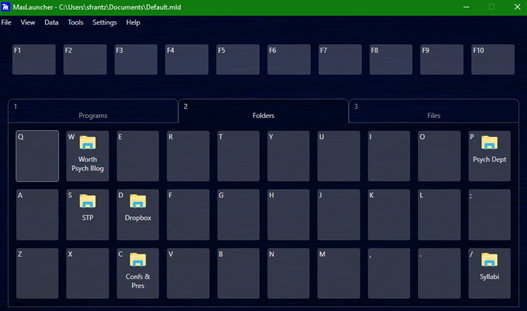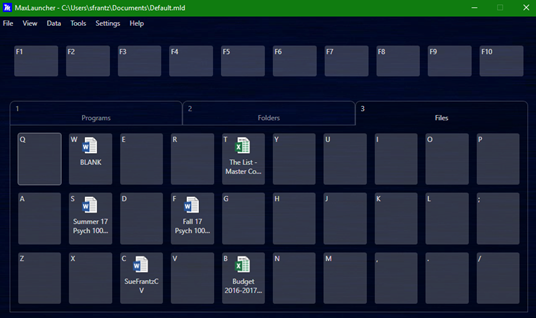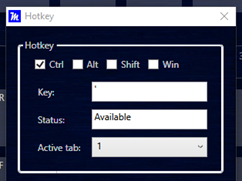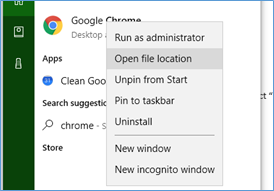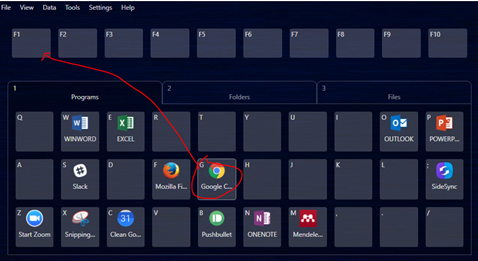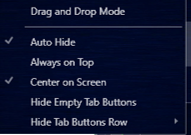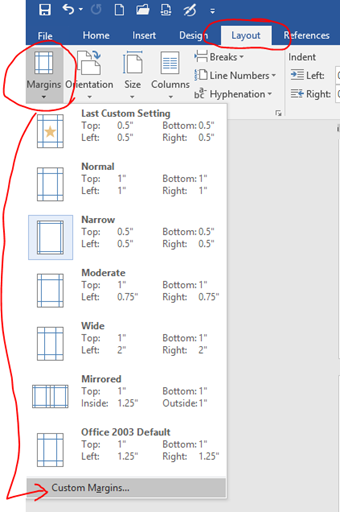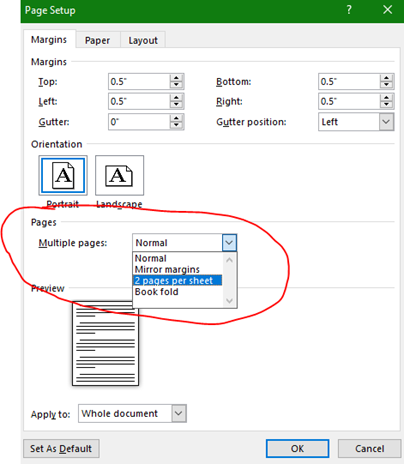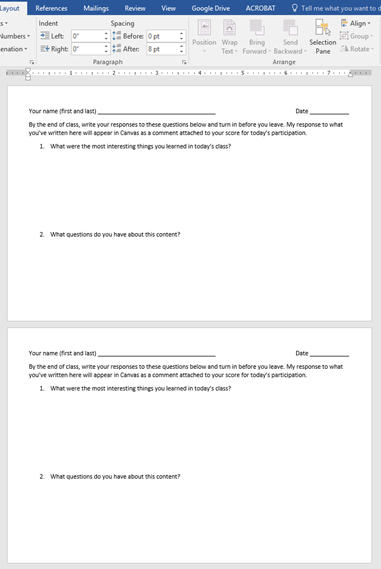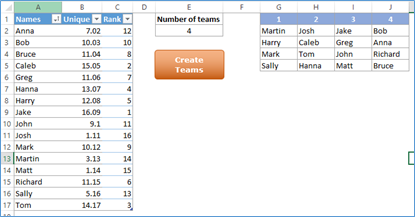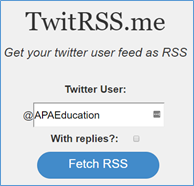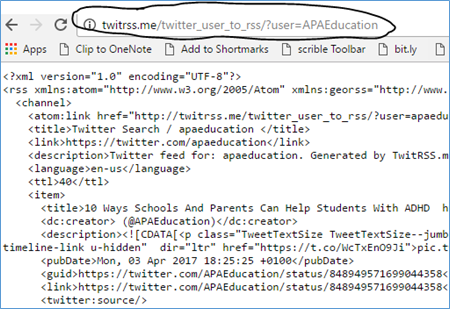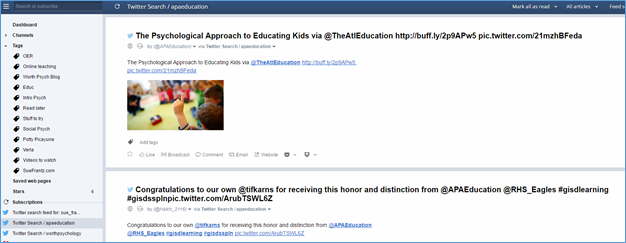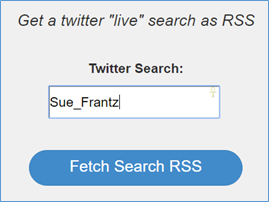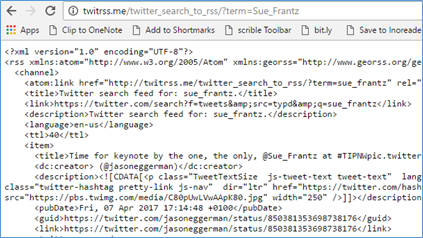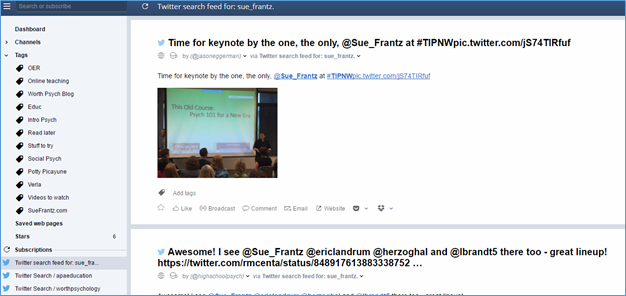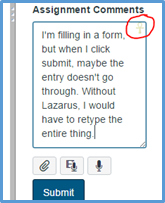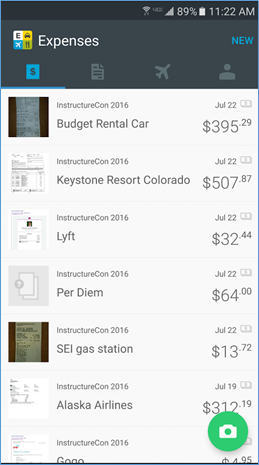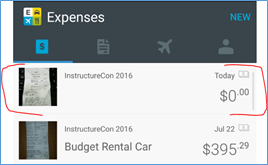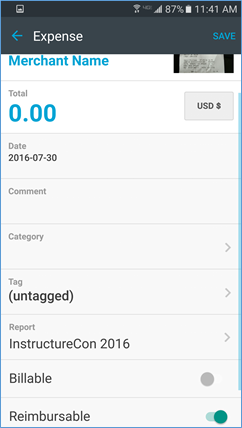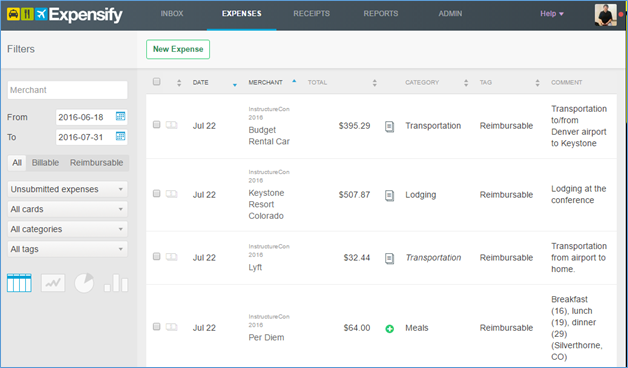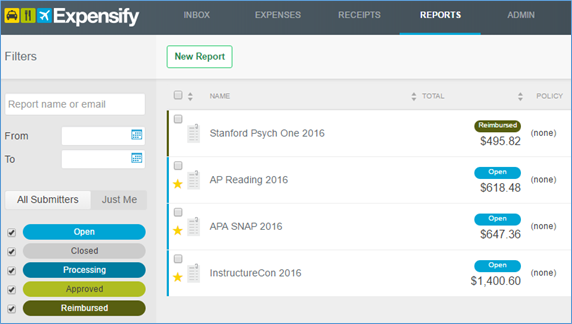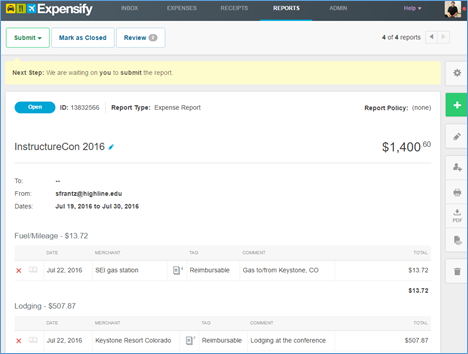Convert images to text with OneNote
We have been talking a lot at my college about accessibility. Are our videos captioned? Do our webpages and document images have alt-text that can be read by screen readers?
In that vein, I have been thinking about OCR – optical character recognition. Here is an image. It’s just a quick screenshot of text from a previous blog post. I added some alt-text to the image. A screen reader would come to this image and read the alt-text. For the curious, the alt-text is “Image of text from a previous blog post,” and you may even be able to read that text by mousing over the image.
 But, really, if the text in the image is important, I should use the text itself, not an image of the text. Or maybe there is some text I have in an image that I want to be able to edit. If it’s just a few sentences, it’s not a big deal to just type it out. But if it’s a lot of text? That option is less attractive.
But, really, if the text in the image is important, I should use the text itself, not an image of the text. Or maybe there is some text I have in an image that I want to be able to edit. If it’s just a few sentences, it’s not a big deal to just type it out. But if it’s a lot of text? That option is less attractive.

OneNote is my go-to notetaking tool. OneNote is part of the Microsoft Office suite; if you have Word and Excel, you probably have OneNote. And OneNote has built-in OCR. It can convert the text in images to plain text.
Open a OneNote page. Paste an image that contains text onto a OneNote page. Right-click on the image, and select “Copy Text from Picture.”
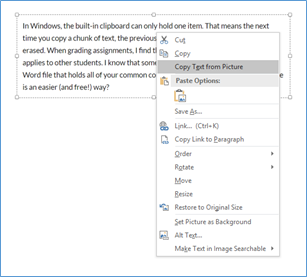
OneNote has converted the text in the image to text and has copied that text to your clipboard. Now paste wherever you want the text to go. Like, in a blog post.
In Windows, the built-in clipboard can only hold one item. That means the next
time you copy a chunk of text, the previous chunk of text that you had copied is
erased. When grading assignments, I find that what I write for one student often
applies to other students. I know that some of you handle this by having, say, a
Word file that holds all of your common comments. But what if I told you that there
is an easier (and free!) way?
No, I don’t know why OneNote opted to use courier as its font, but I’m not going to complain. Now that it’s text, I can change the font to whatever I’d like anyway.
OneNote can handle some handwriting. I can write on my screen and ask OneNote to convert it to typewritten text. And it doesn’t do a bad job at it. But when I threw some awful handwriting at it as an image and asked for the OCR, well, the rendered text didn’t make much sense. Here’s some of it – and, no, this was not what was handwritten.
Dec yovx ‘9
(effee (o see
Do;nq T
O/k;nq to e-hJ tke—
AND -Ike— Z
But it didn’t do a bad job with this ad out of the 1860s Gloucester (Massachusetts) Directory.
ALEX, PATTILLO,
•WHOLESALE & RETAIL
FOREIGN AND DOMES’r1C
Goods ror Men’s Wear,
Dress Goods,
White Goods,
L’ren Goods,
Domestic Goods,
Straw Matting and Oil Carpets,
120 Front street,
Conclusion
If you have an image that contains text and you need that text to be text that you can edit, OneNote may be the easiest way to do the conversion.



